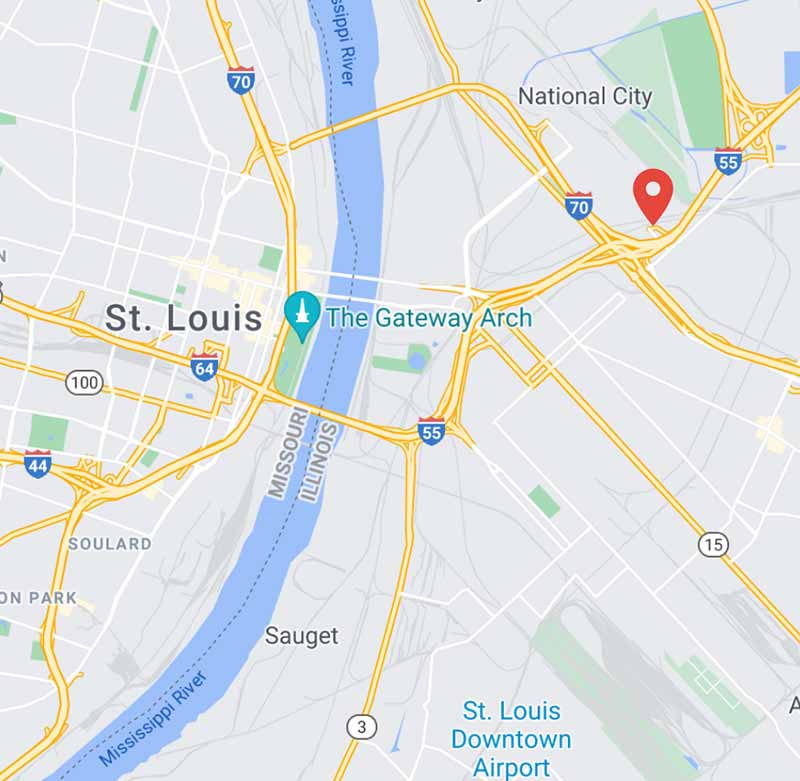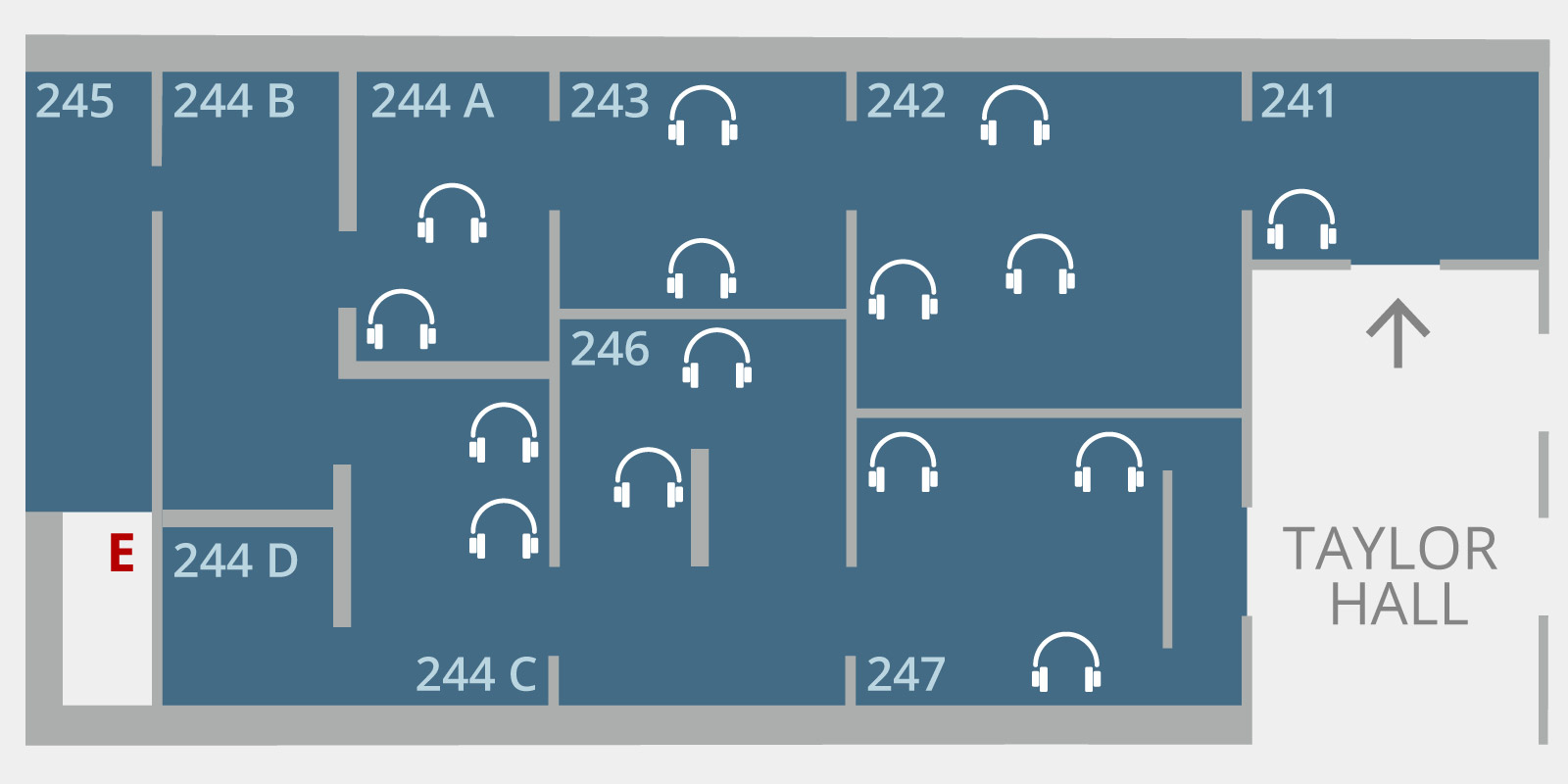Installation view of Art Along the Rivers: A Bicentennial Celebration
This audio guide features 15 commentaries on objects created over the past 1,000 years near the confluence of some of the continent’s most powerful rivers—the Mississippi and Missouri. Listen to a general introduction, narrators from the Saint Louis Art Museum, and voices from the confluence region community.
-
Access and Assistance
Free Public Wi-Fi
The Saint Louis Art Museum offers free Wi-Fi to visitors. From your device, access the SLAM_GUEST network.
Large Print Labels
Large-print labels are available on your own device and upon request at the Taylor Hall Welcome Desk.
AUDIO GUIDE TRANSCRIPT
The audio guide transcript is available to view on your own device.

Kneeling Female Figure with a Shell (Exchange Avenue Figurine), c.1100–1200
Mississippian
- Transcript
Speaker: Amy Clark
Senior Research Assistant
Arts of Africa, Oceania, and the Americas
Saint Louis Art MuseumHi, I’m Amy Clark, senior research assistant in the arts of Africa, Oceania, and the Americas at the Saint Louis Art Museum.
Although this Mississippian figurine is only 3½ inches tall, its rediscovery was monumental. Archaeologists excavated it from the East St. Louis Mound Center in June 2009. The multiyear salvage archaeology project was prompted by the construction of the Stan Musial Veterans Memorial Bridge that spans the Mississippi River. During the second half of the 19th century, the development of East St. Louis heavily impacted the ancient Mississippian site. Nearly all of the mounds were destroyed and areas were filled to raise the city above flood levels. This capping of the area, however, remarkably preserved prehistoric features under the city’s now vacant industrial district.
The figurine was found on the floor of a burned structure, likely a temple, that had been framed in red cedar. Tucked into a shallow depression in one corner of the building, the figurine survived the intense fire that ravaged the site during the 12th century. The construction of the St. Louis National Stockyards in the late 1800s introduced underground water and sewer lines, one of which was placed less than an inch from the figurine. Ancient Mississippian flint clay objects are rare, and the recovery of this figurine in a controlled scientific context is even more important.
- Gallery Text
Mississippian, Cahokia Mounds, Madison County, Illinois
Gorget with Perforated Motifs, c.1200–1400
lightning whelk shellMississippian, East St. Louis site, St. Clair County, Illinois
Kneeling Female Figure with a Shell (Exchange Avenue Figurine), c.1100–1200 Missouri flint clay
Courtesy of the Illinois State Archaeological Survey 2021.9, 2021.10
These objects demonstrate the vast trade networks that connected ancient Mississippian communities, which inhabited the present-day midwest and southeast United States from 900–1600. They were carved in Cahokia, then the largest cosmopolitan center in North America. Cahokian sculptors highly prized imported shells. The gorget, a pendant worn around the neck, was carved from a lightning whelk shell originating from the Gulf of Mexico. Its cross-in-circle motif represents an axis conveying the four cardinal directions. The flint clay figure holds a cup that would have been made from an imported shell.
Learn More
The moment the East St. Louis figurine was uncovered
Detail map of the excavation site of the Mississippian Kneeling Female Figure with a Shell near I-55 in East St. Louis, Illinois.

Credits
Mississippian artist; Kneeling Female Figure with a Shell, or Exchange Avenue Figurine, c.1100–1200; Missouri flint clay; 3 7/16 x 1 3/4 x 1 15/16 inches; Courtesy of the Illinois State Archaeological Survey 2021.10
Courtesy of the Illinois State Archaeological Survey
Map data © 2021 Google

